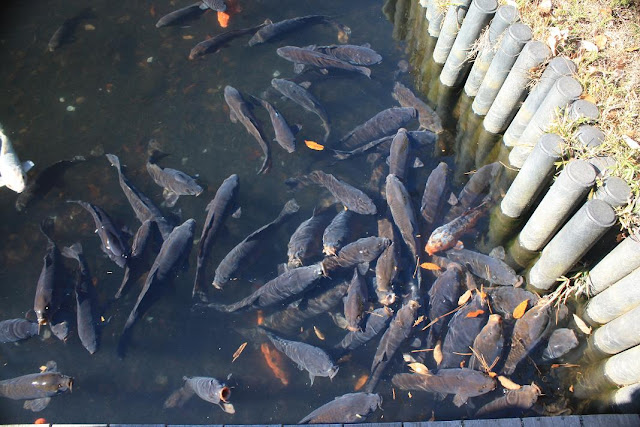You see lots of pets wondering around Tokyo with their owners and enjoying the sunshine. To my mind this was a really strange way to try and meet guys.
This is one of the stranger pets, so far, that I have seen out taking in some sun and exercise. The homeless guys in the background were just as bemused as I was.
Yep - it really was a turtle.
This is one of the stranger pets, so far, that I have seen out taking in some sun and exercise. The homeless guys in the background were just as bemused as I was.
9:35 PM |
Category:
pets
|
0
comments












































